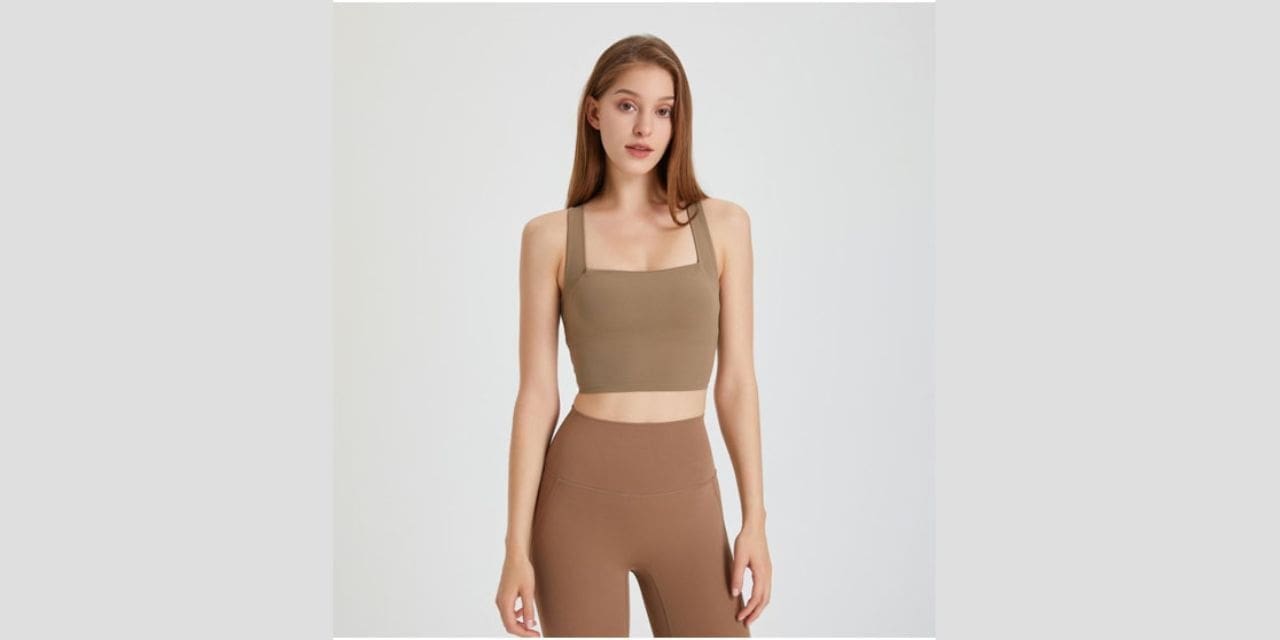Long a dynamic market, the international garment business is shaped by the interaction of variables like market size, consumer demand, and brand competitiveness.
Custom Garment Production: Global Apparel Market to Reach $2.5 Trillion by 2025, Analysis Shows, China, 8th Sep 2023
The landscape of the international apparel market is always changing as a result of the interaction of variables like market size, customer demand, and brand competitiveness. Women’s briefs, an essential component of the clothing market, are crucial in addressing the always changing needs of consumers all over the world. Recent studies show that the global apparel business is expanding steadily and is expected to reach an astounding 2.5 trillion US dollars by 2025. In this blog, we examine the state of the market today and discuss potential future developments in the manufacturing of clothing.
Analysing Demand and Competition in the Market
The immense size and complex dynamics that define the global garment market. Consumer tastes, vogue trends, and brand recognition all influence this dynamic industry. A thorough understanding of how these factors interact is necessary for the demand analysis of this industry. The severe competition between brands competing for consumer attention and loyalty drives innovation and variety in the clothing industry.
JSPEED, a seasoned manufacturer with over two decades of expertise in making and exporting a varied range of apparel goods, is one of the leading competitors in the lady knickers market. JSPEED is recognised as a dependable supplier of premium clothing, with a focus on seamless products, athletics, swimwear, knickers and other related categories. The manufacturer’s continued success in the market demonstrates both its capacity to change with emerging trends and its dedication to satisfying demand around the world.
Consumer preferences are the key factor in the success of the clothing industry. The decisions taken by manufacturers are influenced by various factors, including trends, materials, and sustainability issues. The state of the market today demonstrates a rising desire for clothing made in an ethical and sustainable manner. Clothing manufacture is changing to embrace eco-friendly materials, moral labour practises, and minimal environmental impact as consumers grow more conscientious of their purchasing decisions.

